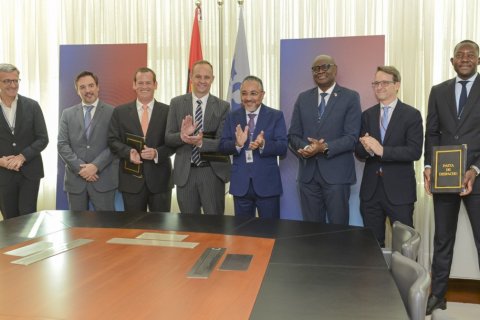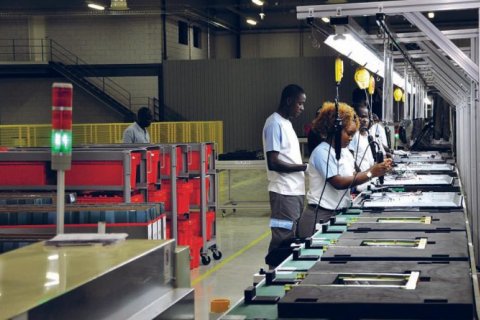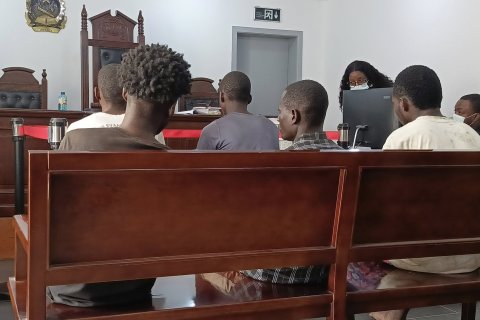Vera Daves de Sousa said, speaking to the press, at the end of the conference "Financial Inclusion in Angola - Challenges and Opportunities", organized by the National Bank of Angola (BNA), that the results of the survey demonstrate that there is still "a lot of work to be done".
"With regard to urban areas we are not bad, but we have serious challenges in relation to rural areas and also if we go from a gender perspective, with women. We have a lot of work to be addressed here, not only by the BNA, but by all the institutions that participate and that have a role in the financial system", she underlined.
The FinScope Consumer Angola 2022 Survey on the state of financial inclusion in Angola last year, conducted by the FinMark Trust, revealed that the most financially inclusive people are in urban areas (48 percent) and that most women are financially excluded (60 percent). percent), as well as individuals who depend on agriculture (70 percent), self-employment (54 percent) and odd jobs (68 percent).
According to Vera Daves, the Government has a role to play, through its programs, in order to increase levels of financial inclusion.
"We leave here with a clear diagnosis, with clear recommendations, what we have to do now is, in a coordinated, concerted and aligned way, to address these challenges of financial exclusion and low levels of financial health on the part of Angolans", highlighted the minister.
Dara Castelo, from the FinMark Trust, who presented the study, highlighted that Luanda, the country's capital, has the highest financial inclusion rate (58 percent), whereas in the other provinces of the country "financial exclusion is typical".
"At the regional level, looking at the SADC [Southern African Development Community] countries, Angola has the lowest financial inclusion rate," she added.
According to Dara Castelo, most of the financially included use only one financial product, "which suggests that there is little depth even in the inclusion rate, that there may be a lack of product offerings tailored to all of your different day-to-day needs".
Regarding accessibility, it is considered that digital financial services, such as mobile payments and others, promote financial inclusion, mainly because they reduce access barriers.
Although 72 percent of all respondents have access to a mobile phone, penetration of mobile payments is very low, with only 6 percent of respondents having registered accounts.
"Which points to a huge opportunity to expand financial inclusion through mobile", considering that it is not possible to "replicate the barriers that exist in traditional products and technology accessible to the majority of the population, which are not 'smartphones'".
With regard to savings and investments, the survey reveals that 75 percent do not save and among those who do, "there is a dependence on informal mechanisms", namely saving money at home.
Credit consumption is low, according to the document, "a little more pronounced among civil servants", with the predominant preference to seek loans from family and friends.
The study leaves some recommendations, namely for the public sector, in terms of drawing up a National Financial Education Strategy that complements the financial inclusion policy, with a focus on digital skills, and for the BNA to continue to give priority to consumer financial education through financial and digital literacy program, among others.
The research aimed to describe the levels of financial inclusion, use and access to financial products, formal and informal, types of products and services used by financially included individuals, identify facilitators and barriers to the use of financial products and services and assess trends over time.







